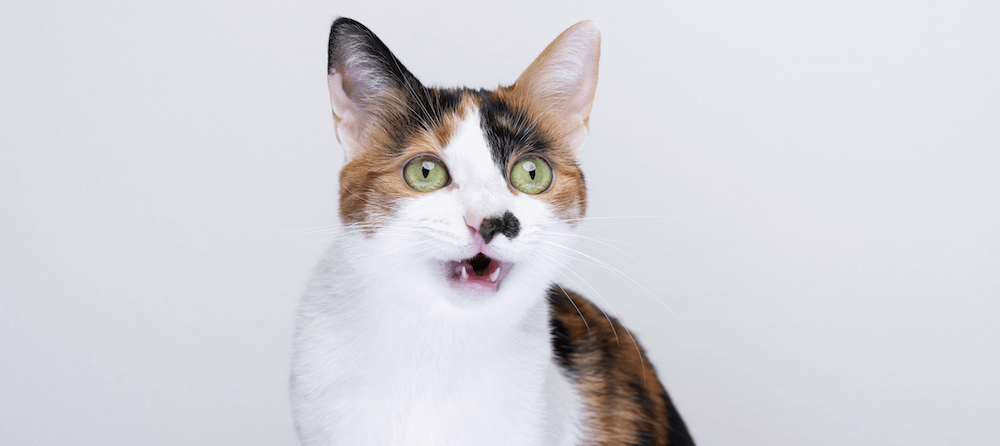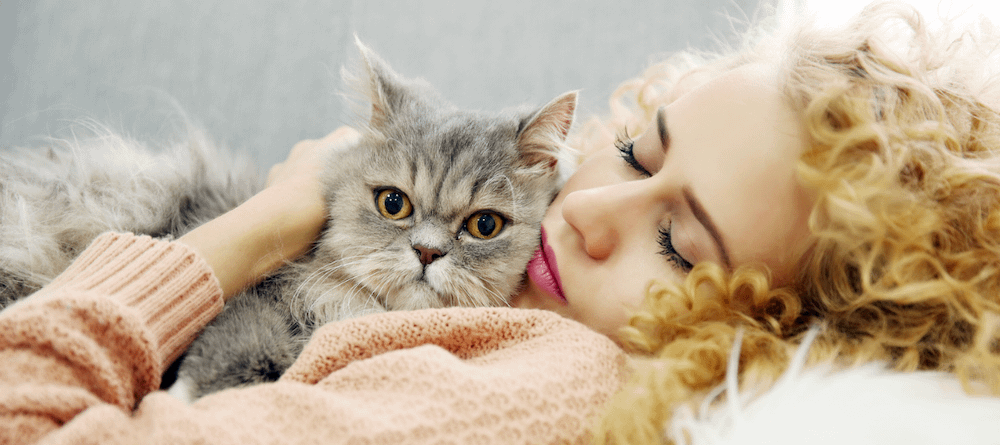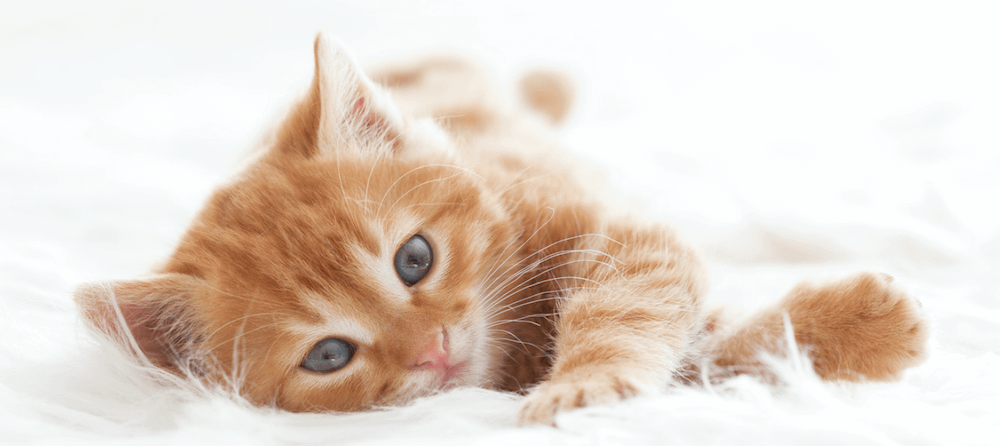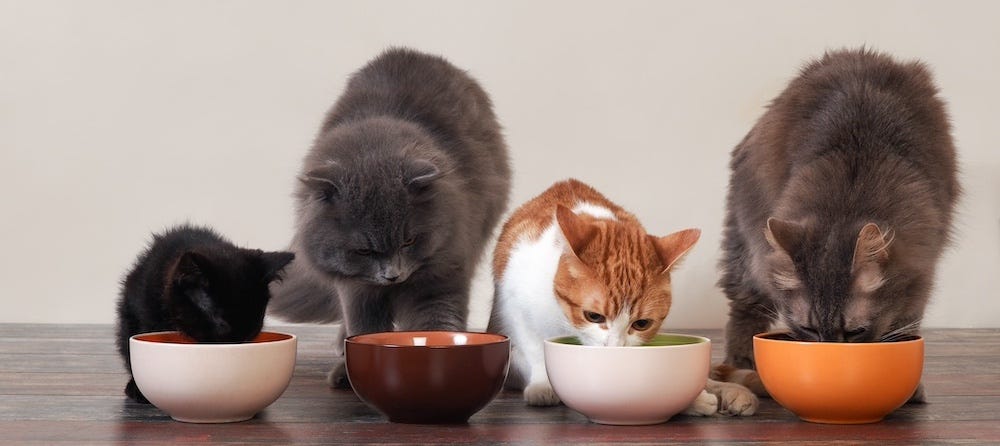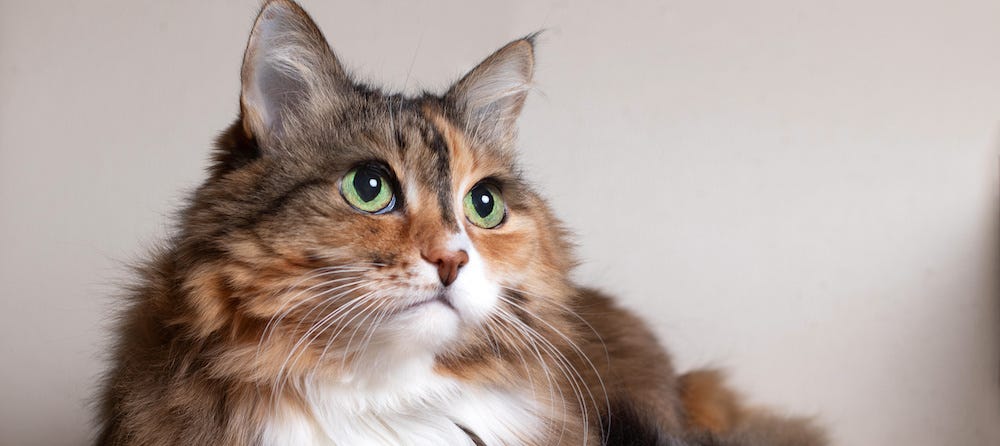The store will not work correctly in the case when cookies are disabled.
Cat Facts
-
Unlike purebred cats with specific lineage and traits, Domestic Shorthairs aren’t technically a breed...Read More
-
What Is the Flehmen Response in Cats?
Why do cats open their mouths when they smell something? This is called the flehmen response in cats...Read More -
23 Oscar®-Winning Movies Featuring Cats
From "Gone with the Wind" to "Bohemian Rhapsody," our list of Oscar®-winning movies featuring cats spans 90 years...Read More -
15 Signs Your Cat Loves You
Do cats love their humans? Read on for common signs your cat loves you and learn how to get a cat to like you...Read More -
10 Orange Tabby Cat Facts
Find out why there are more orange male cats than females, plus more of our favorite orange tabby cat facts...Read More -
The Best Christmas Movies with Cats
It's time to curl up on the couch with your blanket, your kitty, and one of these best Christmas movies with cats...Read More -
How Many Cats Is Too Many?
Victim of the cat distribution system? What to consider before welcoming a new cat into your home...Read More -
How Big Will My Cat Get?
How big your cat gets mostly depends on their breed. Early physical characteristics also provide insight...Read More -
Top Cat Names Registered with Whisker's Pet Profile
Every cat deserves a name as unique as their personality, and Litter-Robot® makes it easy for cat owners to register...Read More -
7 Reasons Why a Spayed Cat Will Live Longer
Let’s take a look at the reasons why a neutered or spayed cat will live a longer—and likely happier—life...Read More -
Hypoallergenic Cats: Facts, Details, and Breed Guide
No cat is 100% hypoallergenic. These 8 cat breeds produce less Fel d 1 or have minimal shedding, making them ideal...Read More -
Cat Genetics: Fever Coats, Taste Buds & More
Get answers to some fascinating feline questions, such as: Can cats taste sweetness? And what is a fever coat? ...Read More -
Cat Litter Box History: From Sandbox to Self-Cleaning Litter Box
Learn about the history of the cat litter box, from the great outdoors to today's self-cleaning solutions...Read More
Fun cat facts and feline tidbits
Cats are endlessly fascinating, and we have the content to prove it! Read 100+ articles on the Litter-Robot blog that include fun facts about cats. You’ll find cat facts related to coat pattern, breed, unique abilities, and more!
Did you know? Cats instinctively know how to use the litter box. To avoid being eaten or attacked by predators, ancestral wild cats had to cover up their tracks and hide their waste to mask their scent. They gravitated toward soft dirt or sand, since the granular consistency made it easier to bury their waste.
What other interesting facts about cats didn’t you know? Cats meow for humans, not other cats. A group of cats is called a clowder or a glaring, while a group of kittens is a kindle. 30%-50% of cats lack the gene that makes them react to catnip. Research suggests that a cat’s purr has the power to self-heal. People with cat allergies aren't allergic to fur, but rather a protein found in a cat’s saliva, urine, and dander called Fel d 1. Cats seek out boxes that offer cover for their predatory hunting instincts, as well as to hide to avoid becoming prey—an instinct passed down by their wild ancestors. Contrary to popular belief, cats don’t see in black and white—but research suggests that they are red-green colorblind. A 1-year-old kitten is developmentally equivalent to a 15-year-old human. (Most) cats are lactose intolerant. Cats’ whiskers help with directional orientation and spatial awareness.
Shall we keep going? The “tabby” cat isn’t a breed—it’s a pattern. Your cat has a third eyelid that functions as a shield for their cornea. Cats are imitating snakes when they hiss. Your house cat likely isn’t nocturnal, but instead crepuscular, or most active around dusk and dawn. How long a cat lives largely depends on whether they’re indoor-only or an outdoor cat. Cats almost always land on their feet due to their impressive “righting” reflex. Cat pee smells so bad because it’s so concentrated—felines originated in the desert and evolved to absorb a large amount of water from their urine to maintain their hydration. Cats are more likely to knead if they were separated from their mothers as young kittens. And finally, cats aren’t just jerks: They knock things over to test for hidden prey.

